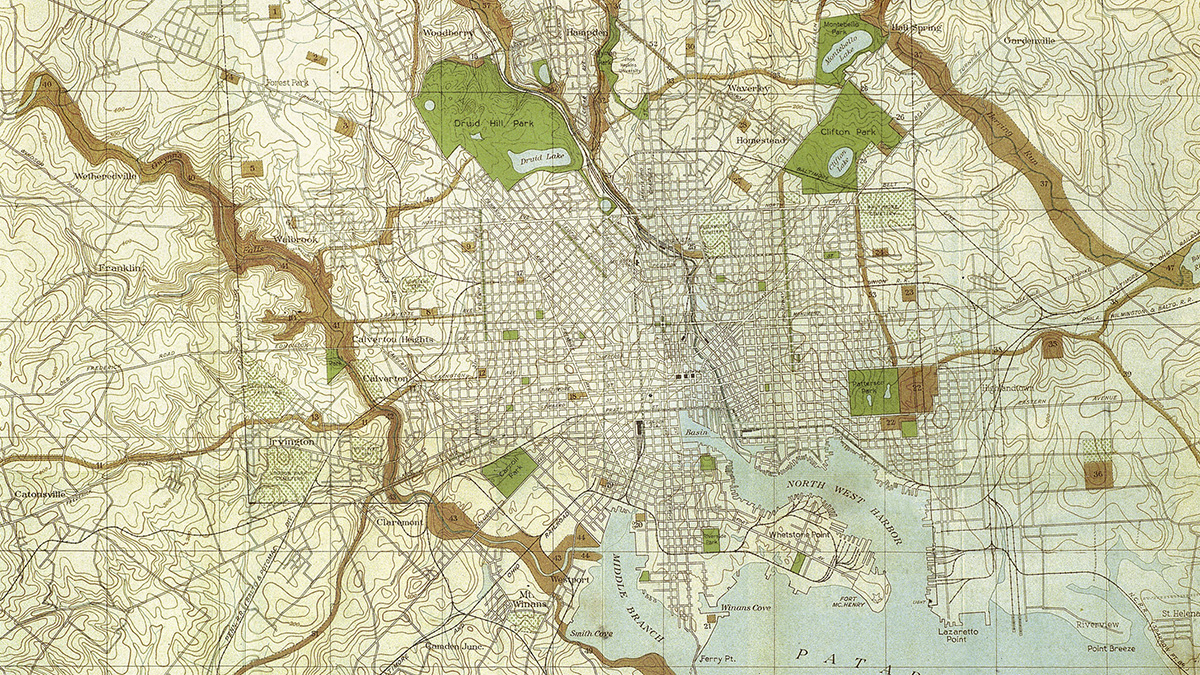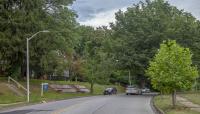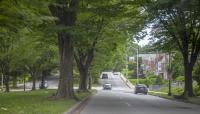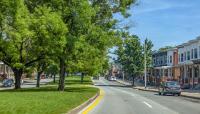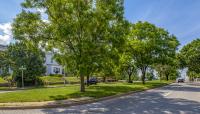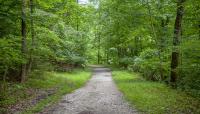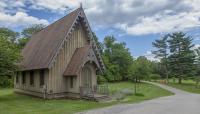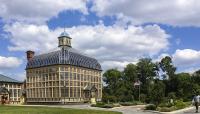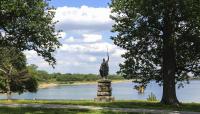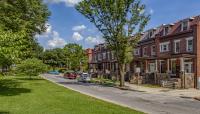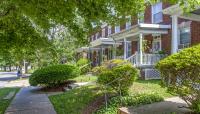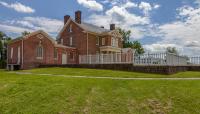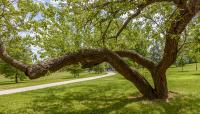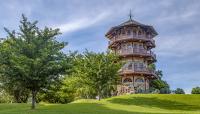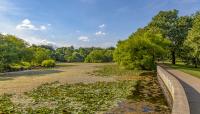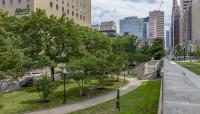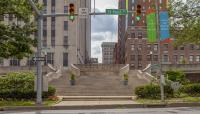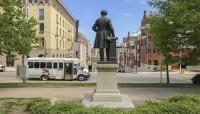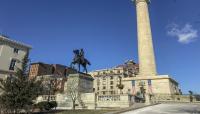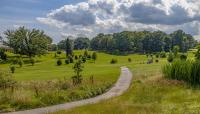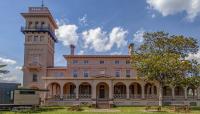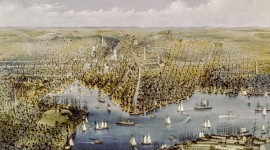Landscape Information
In 1902 Baltimore’s Municipal Art Society and the city’s Park Board president, Major Richard Venable, jointly commissioned Olmsted Brothers to create a municipal park system plan. Influenced by City Beautiful movement principles, civic leaders believed that a park system could provide Baltimoreans more access to natural and recreational space, thus improving both their mental and physical health while directing urban growth away from the city center and toward the northwest suburbs. The resulting plan (1904) envisioned an interconnected system of “parked’’ (planted) boulevards linking Druid Hill Park to other large parks and newer recreational areas encircling the city, including land recently purchased for Gwynns Falls, Wyman, Swann, and Latrobe Parks. These green corridors were intended to connect public spaces along the route, including playgrounds, squares, and stream valley reserves.
Among the plan’s significant results was the creation of three parkways—the Alameda, the 33rd Street Boulevard, and Gwynns Falls Parkway—and the development of the new Wyman, Swann, and Latrobe Parks. Improvements were also made within existing parks, including Druid Hill, Clifton, and Patterson Parks, and stream valley reserves were established within Wyman Park, Jones Falls, and Gwynns Falls. The plan was largely overseen by Frederick Law Olmsted, Jr., and his colleagues P.R. Jones and Percival Gallagher, all of whom worked with Venable and William Manning.
Nevertheless, the park system was slow to develop. A 1904 fire destroyed much of downtown, delaying the project for two years. Budget cuts and rapid urban growth presented further challenges to the original plan. In a follow-up report by Olmsted Brothers (1926), the firm’s Henry Hubbard called for the creation of more parkways and stream valley reserves using lands gained in a 1918 annexation. Despite a lack of funding, the addition of Leakin Park to Gwynns Falls Park was one direct outcome.




